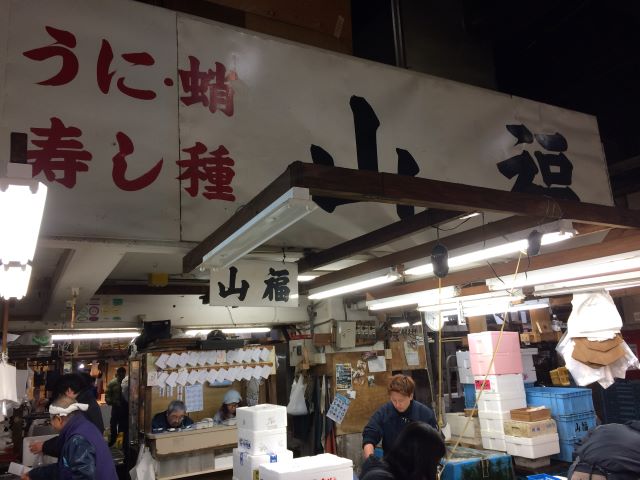
As of April 2020, the Toyosu market will have 481 seafood wholesalers, a decrease of 55 from two years ago, when the old Tsukiji market was still in operation. More specifically, it is down about 30% from 664 in 2014. As of June 2021, the demand for seafood from restaurants and other businesses has decreased significantly due to the new coronavirus, and the business conditions are worrisome. In case you are wondering, there were about 1,600 middle wholesalers in the Tsukiji market at its peak.
Nevertheless, the reason there are so many of them and they are all doing business in their own way is because they are all specialty stores. There are many types of seafood, such as tuna, fresh fish, shrimp, shellfish, and dried fish, which require specialization. Recently, seafood wholesalers have begun to offer other specialties in order to expand the scale of their business. In the old days, however, there were “Akamono-ya” (aka means “red” and mono means “fish”) that dealt only with tai, “Jomonoshi” (jo means “good quality”) for ryotei, “Kajiki-ya” for Kajiki (Marlin), and so on, all of which were divided into many different categories. Incidentally, “ya” is added after a product to indicate the store or occupation that handles that product.
“Komono-ya” refers to restaurants that specialize in sushi items and tempura ingredients. Sushi items are often small, such as Kohada, Kisu, Anago, Akagai, and Tako. That is why it is called Komono-ya. If there are small items, there are also big ones. Oomono-ya (Oo means Big) deals in tunas. Tuna is a big fish, and Oomono-ya is the name of the seafood wholesalers because they deal in tunas. There are about 200 tuna wholesalers in Toyosu, but only a few wholesalers sell only fresh bluefin tuna caught in the waters around Japan throughout the year. Fujita-suisan (藤田水産), which deals with Sukiyabashi Jiro, Hicho (樋長), which deals with Nishiazabu-Taku, Yamayuki (やま幸), which deals with Harutake, and Ishiji (石司), which deals with Takaichi-no-sushi are the most famous. Almost all Michelin and Gault & Millau-rated sushi restaurants purchase their raw tuna from these four wholesalers.
In summary, these words should be understood only by those who are related to the Toyosu market, and there is no need for pretentious names. In fact, these words are very clear.
[sc_apply url=”https://sushiuniversity.jp/apply/”]
Related contents:
We hope this information will be helpful.

Revision date: July 21, 2023
Share this article
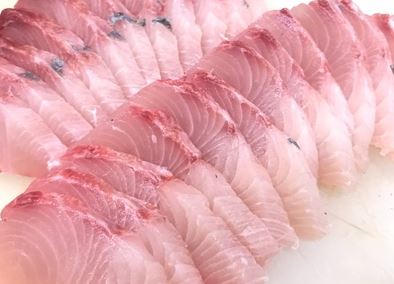
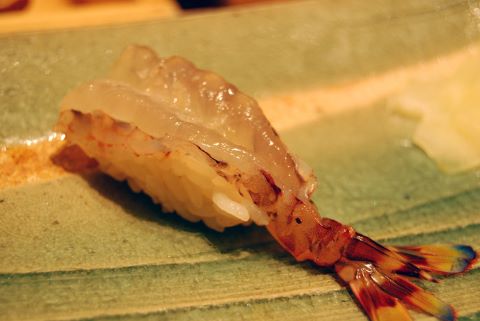
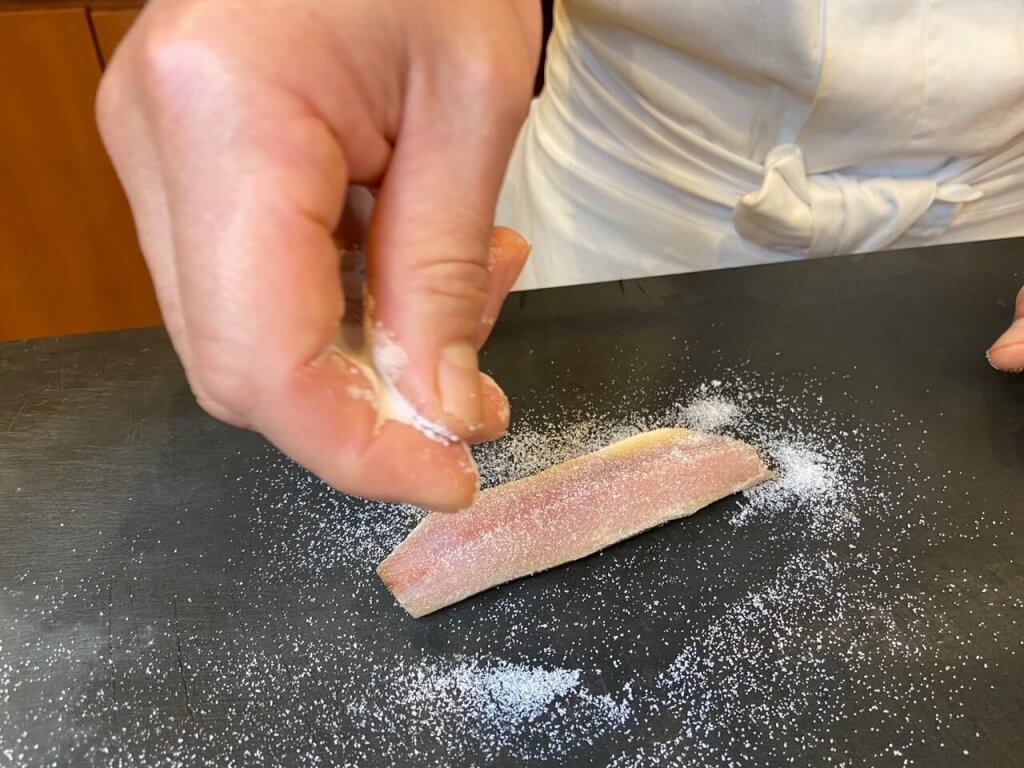
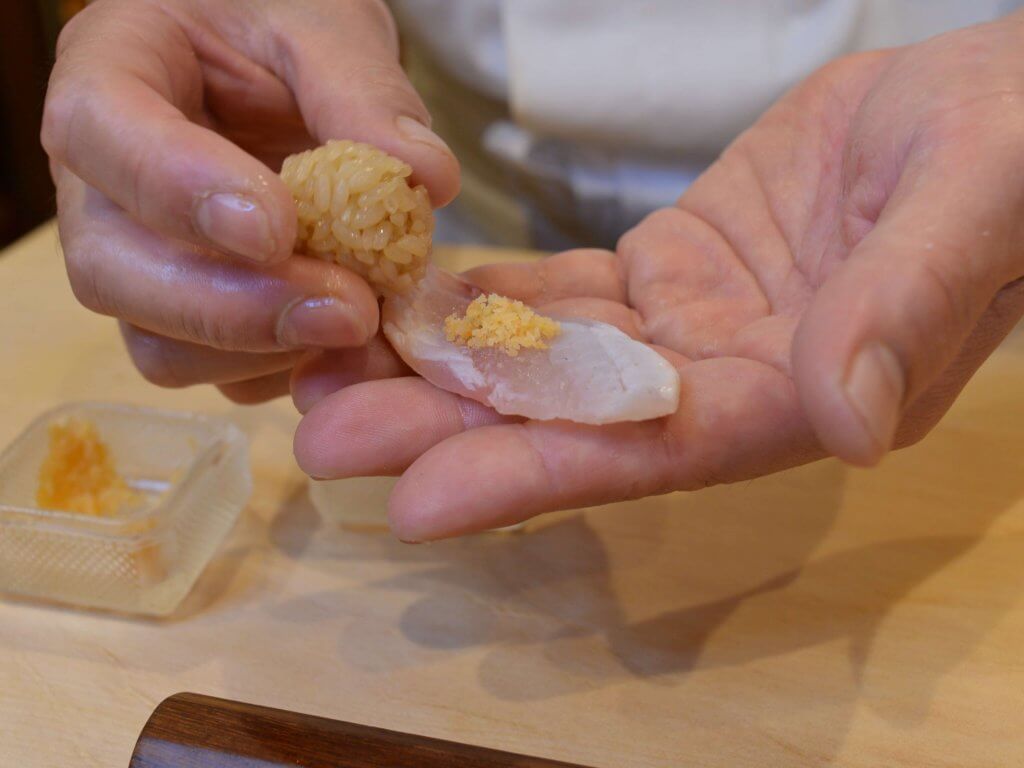
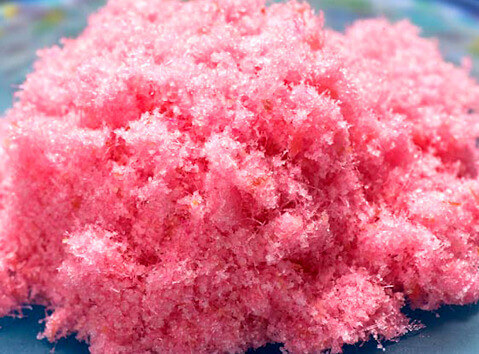 Denbu (田麩) is mainly boiled white fish that is then loosened and made into fibers, then seasoned with sugar, mirin, salt, etc., then roasted until the moisture is gone. The most commonly used fish for denbu are
Denbu (田麩) is mainly boiled white fish that is then loosened and made into fibers, then seasoned with sugar, mirin, salt, etc., then roasted until the moisture is gone. The most commonly used fish for denbu are 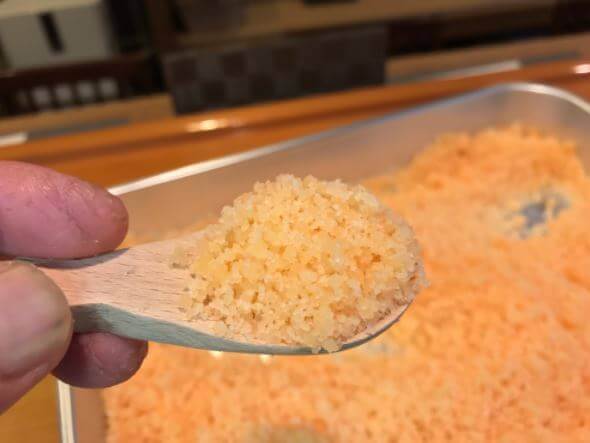 On the other hand, Oboro (朧) is made by using a grinding bowl to break down the meat of shiba shrimp or white fish, then seasoning with sugar, mirin and salt before removing the moisture over low heat. Oboro is used for bara-chirashi, futomaki (large sushi rolls), etc., and is also sometimes used between the topping and shari (vinegared rice) in nigiri sushi. This practice enhances the subtle flavor of the fish, serving as a base layer of umami, while helping the sushi topping blend more harmoniously with the vinegared rice. Oboro acts as a kind of “
On the other hand, Oboro (朧) is made by using a grinding bowl to break down the meat of shiba shrimp or white fish, then seasoning with sugar, mirin and salt before removing the moisture over low heat. Oboro is used for bara-chirashi, futomaki (large sushi rolls), etc., and is also sometimes used between the topping and shari (vinegared rice) in nigiri sushi. This practice enhances the subtle flavor of the fish, serving as a base layer of umami, while helping the sushi topping blend more harmoniously with the vinegared rice. Oboro acts as a kind of “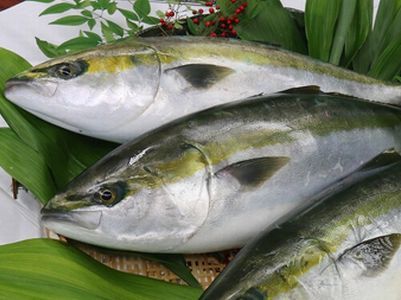 A good representative fish of shusseuo is the
A good representative fish of shusseuo is the 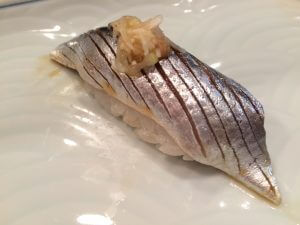
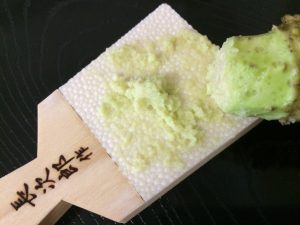
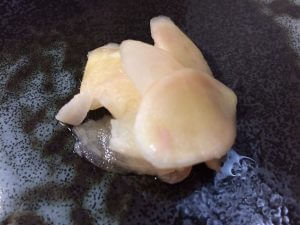 Gari is pickled ginger.
Gari is pickled ginger.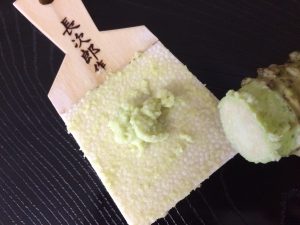 On the other hand,
On the other hand, 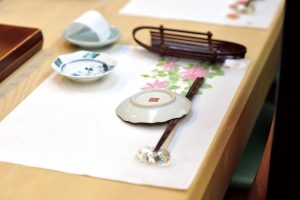 The sushi restaurant is unusual in that the customer sitting at the counter can see the seafood (neta) from which individual servings will be made, and can watch the chef deftly perform his art while enjoying lively conversation. Sushi restaurants also differ from other restaurants when it comes to menus.
The sushi restaurant is unusual in that the customer sitting at the counter can see the seafood (neta) from which individual servings will be made, and can watch the chef deftly perform his art while enjoying lively conversation. Sushi restaurants also differ from other restaurants when it comes to menus.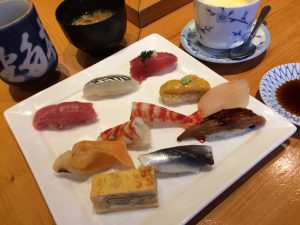 If the customer is inclined to worry about what the bill will come to, he orders
If the customer is inclined to worry about what the bill will come to, he orders 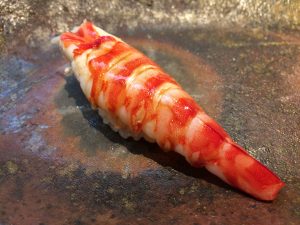 People at the counter most often order
People at the counter most often order